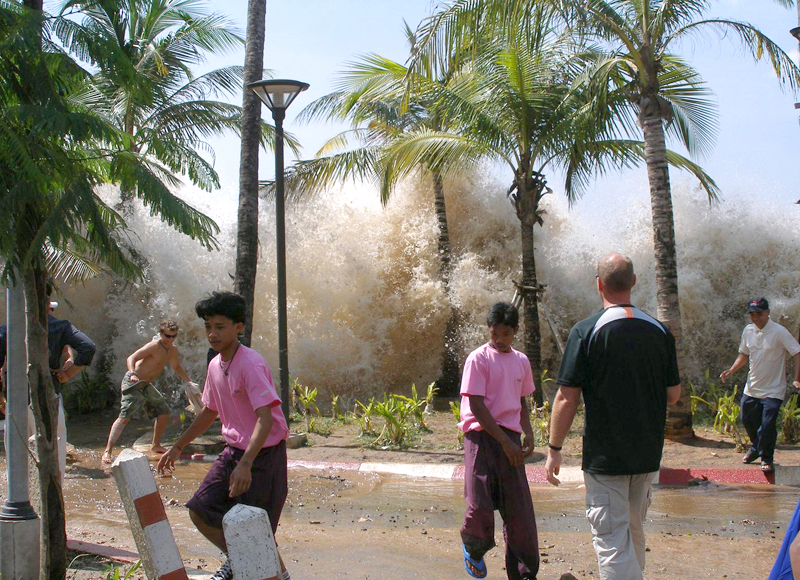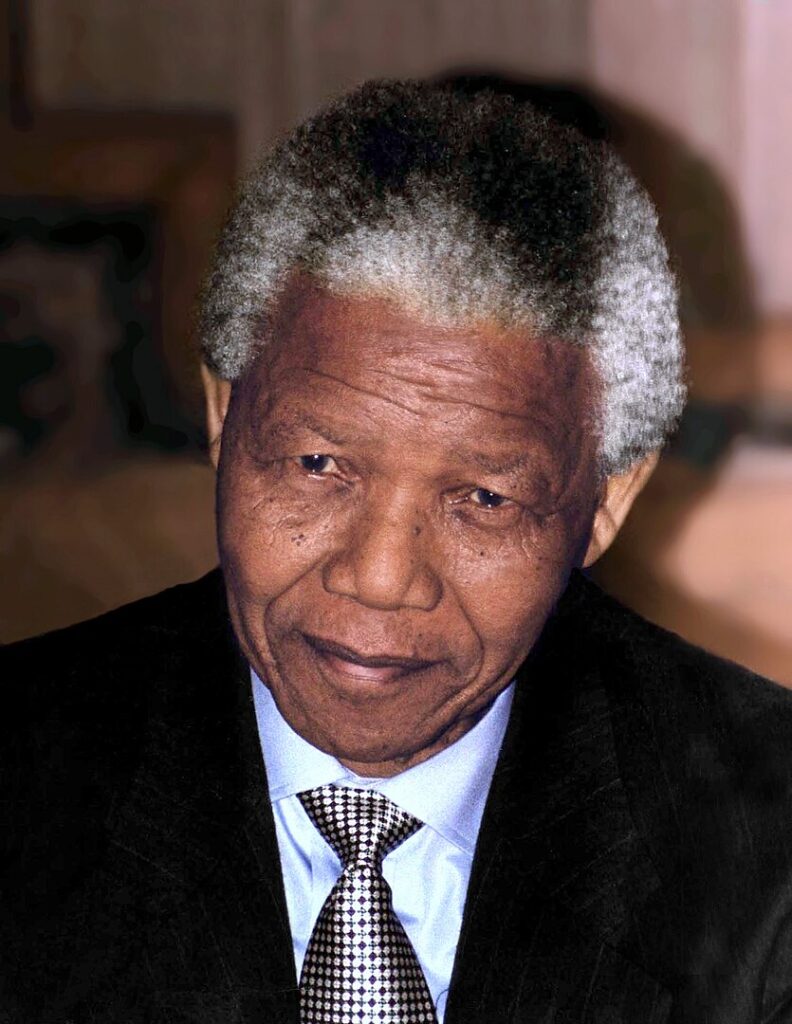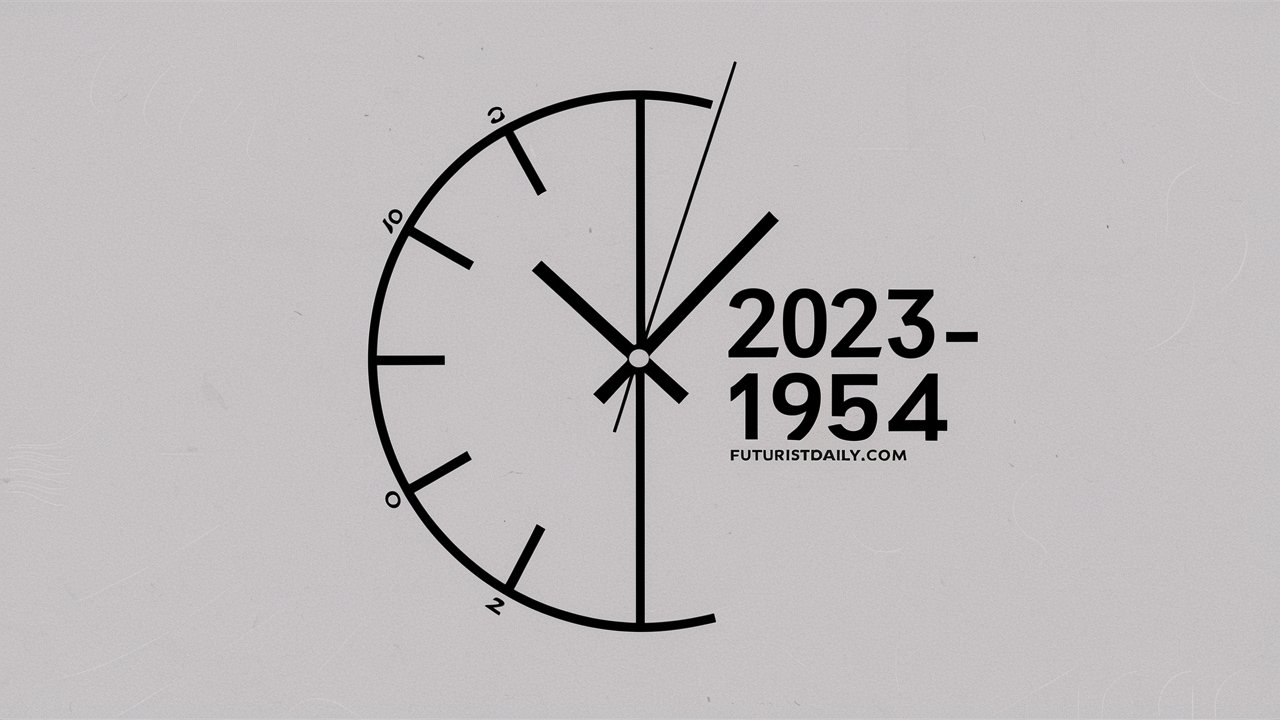In case you all wanted to know the changes of our world from 2023-1954. We are going to take you on a journey of what happened during past few decades along with many major socio-economic, political and technological changes that have brought us here – This is 70 years in the making so get ready for an informative ride across all pretty much everything.
Understanding history requires more than simply memorizing dates and events: it involves exploring their interdependencies and their lasting ramifications for our present. From World War II’s immediate aftermath through artificial intelligence’s arrival on the scene, each decade has presented its own set of difficulties and triumphs; from 2023 backwards we’ll take you from 1954 back through these various decades highlighting key milestones of each period.
Major Global Events (2023-1954)
Wartime Developments and their Impact
From 2023-1954, the world experienced numerous significant conflicts, beginning with World War II‘s lasting impacts and continuing through to Cold War tension between the United States and Soviet Union that was manifested through two significant wars: Korean war (50-53) and Vietnam war (55-75) both seriously effected politics and societies.

Cold War’s end in 1991 marked an historic change. With the disintegration of Soviet Union came capitalist democracy’s victory, leading to global political ideologies being redefined and leading into 21st Century conflicts such as 9/11 attacks leading to prolonged conflicts in Afghanistan and Iraq.
Key Treaties and Their Implications
In this time period, many key international treaties shifted the international relations. For example, the Treaty of Rome (1957) brings the foundation of the European Economic Community that carried out plans for European Unification later on; and Nuclear Non-Proliferation Treaty (1968) helped to stop the nuclear weapon proliferation and encouraged peaceful uses of nuclear energy.
At the ending of the Cold War, many important agreements happend such as the Strategic Arms Reduction Treaty (START), signed by the U.S. and Russia in 1991 to partially reduce nuclear weapons on both sides. Since 2015, international cooperation helped in fighting climate change; for this reason the Paris Agreement mentioned this significance through global efforts and encouraged to fight climate change together through international cooperation.
Major Natural Disasters and Global Responses
Natural disasters have proven to be the strength and global response ability of humanity. The 2004 Indian Ocean tsunami destroyed multiple countries and prompted international aid and helped in making dangerous situations coperation concept, while Hurricane Katrina highlighted weaknesses in disaster prepare ness and response within the US.

Most recently, COVID-19 pandemic (2019-present) has become the global health crisis and inspired lockdowns across nations and vaccine campagins around the world. This event further showed the importance of global health systems as well as coordinated responses against new threats.
Cultural Milestones
Development of Art and Music Movements
Rock ‘n ‘ roll in the fifties, disco in the seventies, pop and new wave in the eighties, heavy metal and electronic music in the nineties, and hip hop in the newly arriving twenty first century; music has not stopped changing. The Beatles, Elvis Presley and Michael Jackson managed to become pop stars and role models of the many generations.
Art movements also changed from the abstract expressions of the 1950s to pop art 1960s by artists such as Warhol. With the appearance of the digital age, there were entirely new possibilities for creating art, such as digital art and virtual reality.
Impact of Cinema and Literature on Society
Cinema is one of the important instruments of culture representation and social debates throughout the history. While the Hollywood in the 1950s which was the period of the industry’s silver age, produced memorable films such as “Casablanca,” and “Gone with the Wind;” the Century reiterated the moviemaking world with “Harry Potter” and “Marvel Avengers.
As for art, literature also remained a part of presenting and reiterating the standards of the society. Taking from existentialists of the mid 20th century, like “The Hunger Games,” to newer dystopian novels like “Divided” (Tome 4). Literature works as a mirror for the hopes and fears of our society.
See Also: Abraham Quiros Villalba: A Trailblazer in Technology and Renewable Energy
Changes in Cultural Norms and Values (CCVs)
Cultural norms have undergone immense change over the years. Civil rights movements of the 1960s challenged segregation and discrimination to achieve more social justice and equality; similarly, feminist movement battled hard for women’s rights which resulted in significant legal and societal reform.
Since 2015, the LGBTQ+ rights movement has seen increased acceptance and legal recognition for varying sexual orientations and gender identities in society. Values continue to shift towards inclusivity and equality – an encouraging sign for future progress in these matters.
Technological Advancements
Timeline of Important Inventions and Discoveries
During the last seven decades technology developments recieved a facelift which is truly impressive. The invention of transistor back in the year 1947, paved a way to field of computing. 1969 was a significant year that promoted the human scientific discovery when men landed on the moon for the first time. Just think of all that science and engineering advancement over this period we can marvel at.
In the digital revolution of late 20th century werdijden personal computers, internet and smart phones; in this particular decade with have seen breakthroughs in Artificial Intelligence (AI), renewable energy, biotechnology changing our future drastically.
Impact of Technology on Daily Life
Technology changed our lives in a way that we never imagined. At the time, while television was only starting to enter our homes, but today we live in smart homes equipped with aAI assistants like Alexa or Google Home for maximum convenience and control.
Over the years, we have come a long way in terms of communication technologies – from landline telephones to instant messaging apps; and most importantly video conferencing services such as virtual meeting with anyone across distances.
Comparative Comparison of Communication Methods in 2023 and 1954
In 1954, communication occurred mostly via letters, telegrams and landlines phones; today we can utilize email, social media platforms such as Facebook or video calls for faster and easier interactions and information exchange. Modern methods have completely revolutionized how we share and exchange knowledge and data.
See Also: WWE SmackDown Episode 1491: A Night of Thrills and Surprises
Political Landscape
Remarkable Figures and Their Legacies
Over the last seven decades, prominent political peoples like Martin Luther King Jr., Nelson Mandela and Margaret Thatcher have left too much legacies that changes the politics. Each one of them contributed significantly into shaping his or her nation and over all the world.

In the 21st century, famous world leaders like Barack Obama, Angela Merkel and Justin Trudeau have showed the complex global challenges to their people and left a mark in the history.
Changes in Governmental Structures and Ideologies
Political ideologies and government structures have changed greatly throughout history. The mid-20th century witnessed fierce battles between capitalism and communism, while many countries gradually transitioned towards democratic rule.
Recently, populism and nationalism have gained steam, challenging established political norms. Social media have also dramatically transformed political campaigns and public dialogue.
Analysis of Key Election Events and Movements
Election events have had an immense impact on American politics over time. The civil rights movement led to major electoral reforms that ensure greater representation for marginalized communities as well as greater voting rights for them.
More recently, movements like Arab Spring and youth-led climate activism have shown how effective grassroots movements are at creating political change and shaping policy decisions.
Social Transformations
Demographic Shifts and Migration Trends
Demographic changes and migration patterns have had profound ramifications on societies worldwide. Following World War II, baby boomer parents saw rapid population expansion. Meanwhile, recent decades have witnessed populations age in many nations around the globe.
Global migration has experienced unprecedented increases due to economic opportunities, conflicts and climate change. While these shifts have created diverse multicultural societies they also present challenges when it comes to integration and social cohesion.
Insight into Civil Rights Movements and Social Justice Efforts
Movements like the 1960s civil rights fostered a turning point in social justice as figures such as Martin Luther King Jr., and Rose Parks filled up their water hoses to rid society of system-wide racism.
Movements like Black Lives Matter and #MeToo have carried the torch, highlighting racial- or gender-based instances of discrimination while demanding systemic change.
Impact of Education on Society Over Decades
Education has played a main role to shape the societies over the time. Common access to higher education during the mid-20th century provided greater chances for the expansion of social mobility and economy.
Since 2000, focus of education has increased on digital literacy and lifelong learning through technology. With COVID-19 becoming a reason for this shift. Technology’s role is also widening as schools are turning away from traditional forms of instruction to adopt online-learning models like MOOCs.
Predictions from 1954 that Came True
If you take 1954 predictions about the future and compare them to life in 2023 more than a few came true, so let’s look at couple of them.
Technological Predictions
Futurists predicted in 1954 a world with advanced communication devices similar to smartphones of today; instant, worldwide communication has not only come true but has even exceeded expectation with the Internet and social media. Also, automation that was barely beginning back then now touches all facets of modern life from manufacturing plants to household chores.
Medical Advancements
Predictions about medical advancement were astoundingly accurate. Organ transplantation – once an alien concept in 1954 – has now become standard medical procedure, while progress made possible through such fields as genetics and biotechnology has led to significant treatments for illnesses previously unimaginable.
Space Exploration
Space exploration was a popular subject as early as 1954, and by that year many had predicted manned missions to other planets like Mars. We are not yet safe for the moment, but with strides like NASA, SpaceX and Blue Origin we continue to build towards it; just as the International Space Station serves proof of international presence.
See Also: Elevate Your Performance with Insights from the FeedbackMagazineorg
Imagining the Future of 2054
What can we learn from the lessons of seven decades and anticipate for 2054? The future is an open canvas shaped by our actions and innovations today.
Technological Horizons
By 2054, we can anticipate even deeper integration of artificial intelligence (AI) into daily lives, potentially surpassing human intelligence for unprecedented advances in various fields. Quantum computing may become mainstream – providing solutions for complex problems currently beyond reach.
Societal Evolution
Socially, we may witness an inclusive and equitable world. With ongoing campaigns for gender equality, racial justice and LGBTQ+ rights forming part of mainstream discourse today – societies may emerge that celebrate diversity of all its forms more freely while education systems adapt towards teaching critical thinking rather than memorization alone.
Environmental Change
Climate change is going to become one of the issues in coming decades, leading to wide spread adoption of renewable energy sources and eco-friendly practices by 2054. Advancements such as carbon capture technology could reduce global warming effects for an altogether greener Earth.
Conclusion
The period of 2023-1954 cannot be considered a stagnant time, as it includes many significant events, cultural shifts, technological breakthroughs, political changes, and social shifts. Hence, each decade has its role and a little slice of the responsibility for the world as it is today.
Each decade has contributed another strand into this perspective – knowing these historical events can help in making informed decision and creating a brighter future. By learning from history we can better understand and tackle the current obstacles and also get future opportunities.
FAQ’s
1. What were some major technological advancements between 2023-1954?
Smartphones, artificial intelligence, electric vehicles and the internet have revolutionized communication and daily life. Moreover, medical innovations including gene editing and organ transplants have seen remarkable advancements as well.
2. How have societal norms shifted since 1954?
Society’s norms have changed into becoming more inculsive and varied over time, and provided more equality and rights to women, minorities and the LGBTQ+ community. Movements like #MeToo have a bigger hand in providing equality for these groups.
3. What environmental challenges do we currently face?
Climate change is perhaps the world’s largest environmental threat, and it has prompted global shift that includes emphasis on using renewable energy and increased awareness of sustainable living.
4. What predictions from 1954 about the future have come true?
Predictions regarding advanced communication devices, organ transplants to exploring the space have proven mostly accurate. Communication technology has far outshone expectations while progress in space exploring has made significant headway. Although we still have not colonized other planets entirely yet.
5. What can we expect for the future in 2054?
2054 will bring with it greater integration of artificial intelligence, more inclusive societies, and substantial advances in environmental direction. Renewable energy technology such as carbon capture may prove particularly helpful to combating climate change effectively.

















